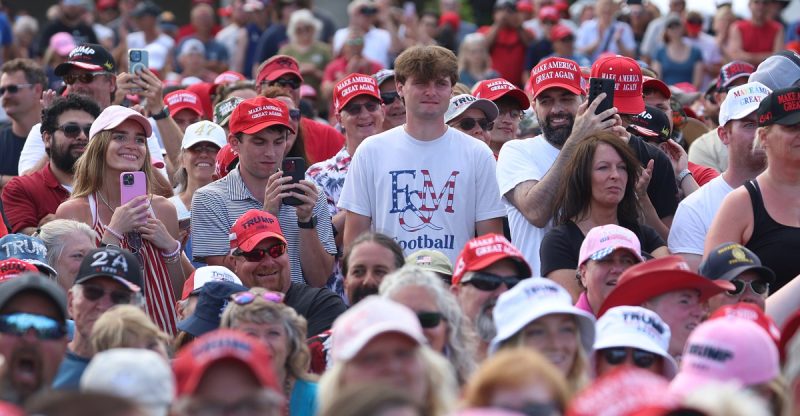
Recent election results and subsequent polling data reveal a fascinating trend: Gen Z isn’t a monolithic voting bloc. Instead, evidence suggests a significant split between older and younger members of the generation, with starkly different political leanings. This division challenges long-held assumptions about the progressive nature of younger voters and has significant implications for the future of American politics.
The 2024 election saw a notable shift in young voters towards the Republican Party, particularly among men of all races. Pre-election polling, voter registration trends, and post-election exit polls all point to this phenomenon. A report from the Democratic firm Catalist further solidified this observation, highlighting a significant surge in Republican support among young voters.
However, a closer look reveals a nuanced picture. Data suggests the existence of at least two distinct groups within Gen Z: an “Old Gen Z” (roughly ages 25-29) leaning more Democratic and progressive, and a “Young Gen Z” (ages 18-24) showing increased interest in the Republican party and a greater skepticism towards the established political order. This division persists even after the election, consistently appearing in various polls and surveys.
Several factors may contribute to this generational split. The COVID-19 pandemic, the pervasive influence of smartphones and social media, rising inflation, and the enduring presence of Donald Trump all seem to have played a role in driving a wedge between these two subgroups within Gen Z. This division complicates the long-held belief that younger generations are inherently more progressive and naturally inclined towards the Democratic Party.
This split is clearly reflected in polling data. The Harvard Youth Poll, for instance, consistently shows a significant difference in the favorability ratings of Joe Biden and Donald Trump between older and younger Gen Z voters. This trend remained consistent even after Kamala Harris became the Democratic presidential nominee. The younger cohort consistently demonstrates less support for Democratic candidates and more favorable views towards Republicans, including President Trump.
Similar divisions are observed in other polls, including those conducted by Yale University and the Pew Research Center. These surveys corroborate the findings of the Harvard Youth Poll, showing a divergence in political identification and policy preferences between older and younger Gen Z individuals. Even when examining self-identified political ideology, a similar split emerges, with younger Gen Z showing a higher rate of conservative identification.
Interestingly, religiosity seems to play a role in this divide. Younger Gen Z demonstrates a higher level of religious engagement compared to older Gen Z and younger Millennials, a factor often correlated with Republican affiliation and conservative viewpoints. While correlation doesn’t equal causation, the data suggests a potential link between religious affiliation and political leaning within this younger segment of Gen Z.
The implications of this Gen Z divide are substantial and far-reaching. The long-held assumption of a reliably progressive youth vote appears less certain, posing challenges for the Democratic Party. Conversely, while Republicans may celebrate the recent gains, maintaining this support among young voters will require sustained effort and strategic planning. Gen Z is poised to become the largest voting bloc by 2030, making their political preferences pivotal in shaping the future of American elections.
The significant shift in support for Republican candidates among the youngest cohort of Gen Z voters, particularly the increase in support for Donald Trump from 31% in 2020 to 43% in 2024, is a striking development. Catalist’s analysis suggests this shift was driven by a previously disengaged group of young male voters across racial lines. Whether this trend is uniquely tied to Trump or represents a broader shift in the political landscape remains a key question for future analysis. However, the existing data strongly suggest a distinct and potentially lasting split within Generation Z itself.










